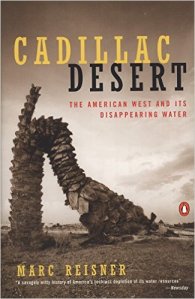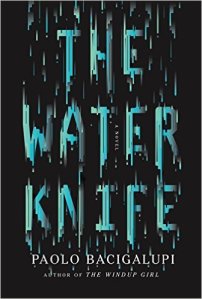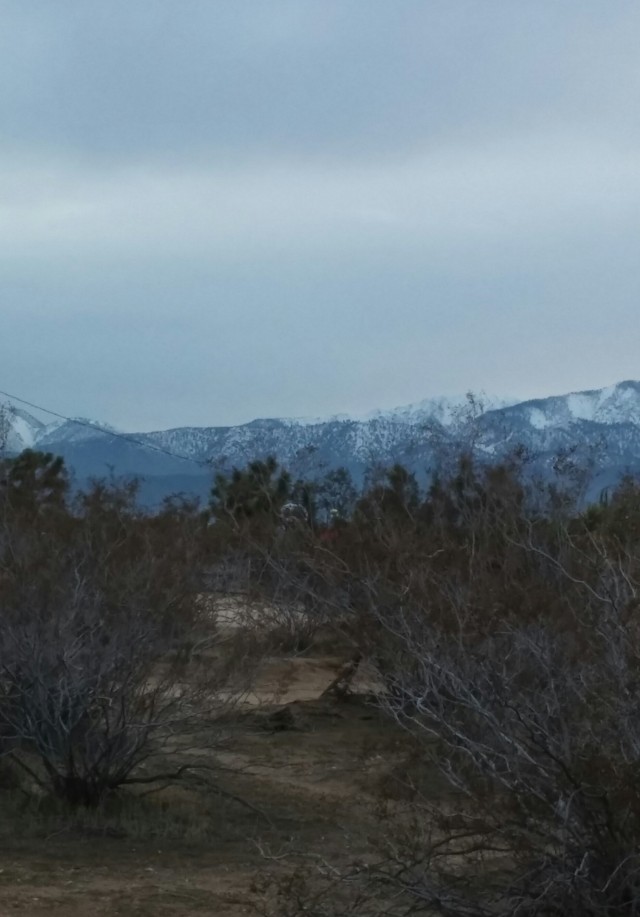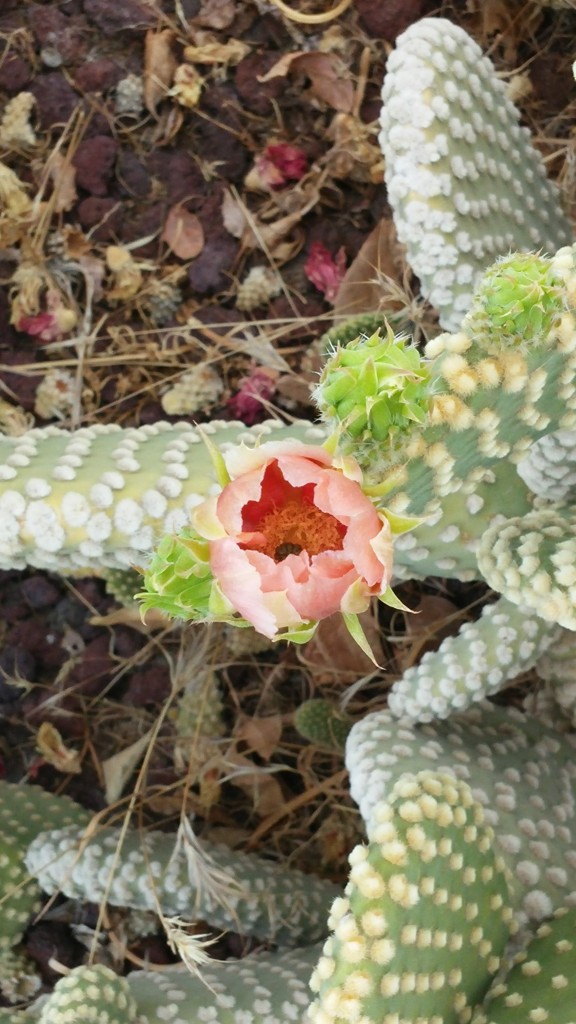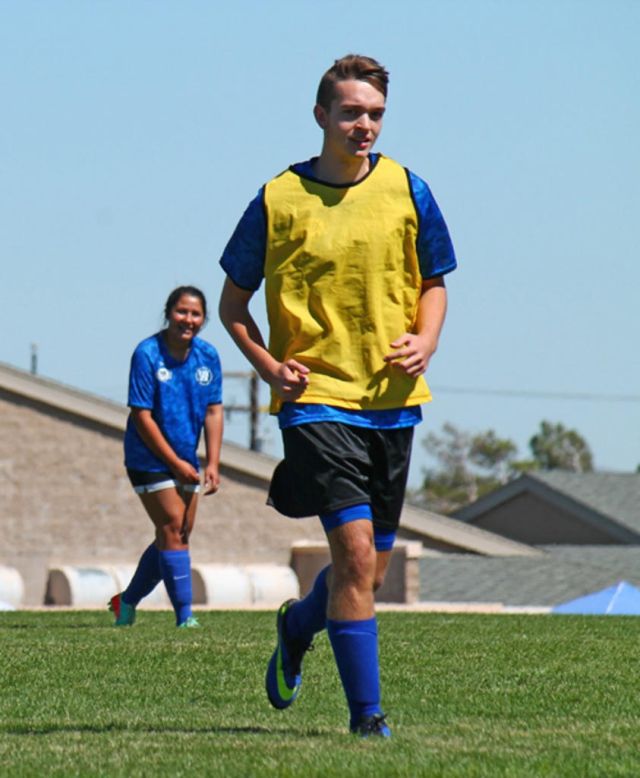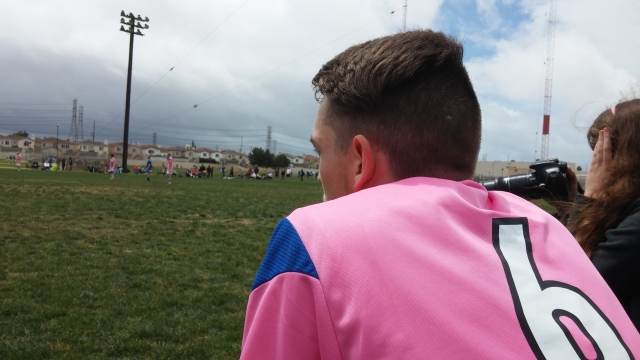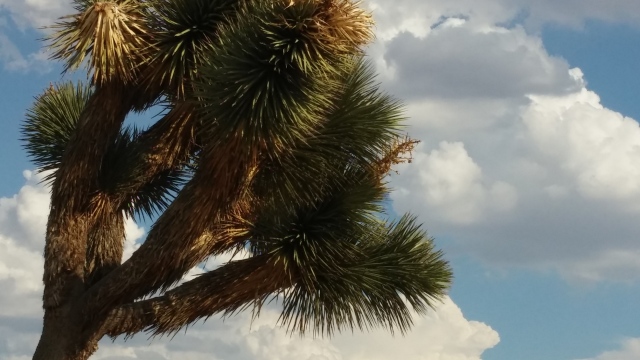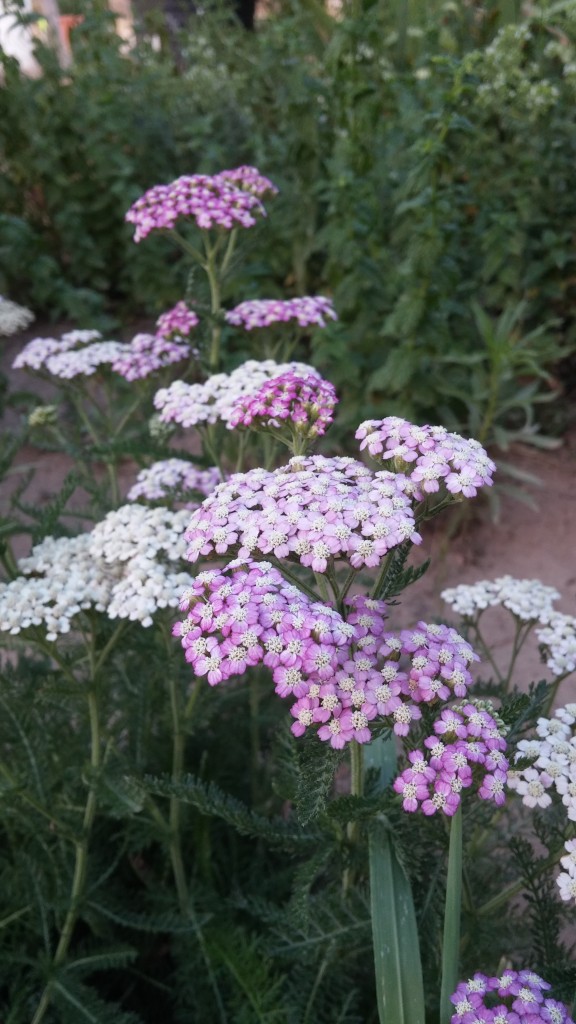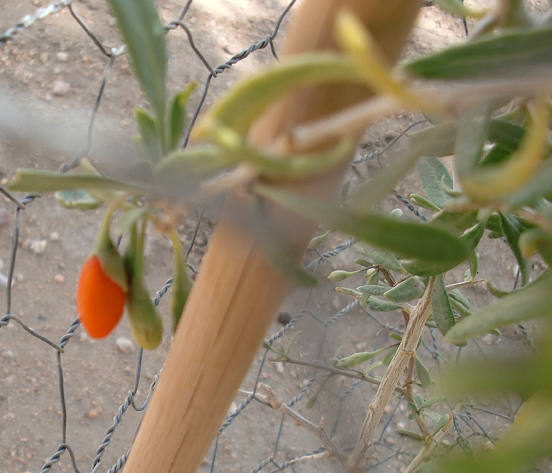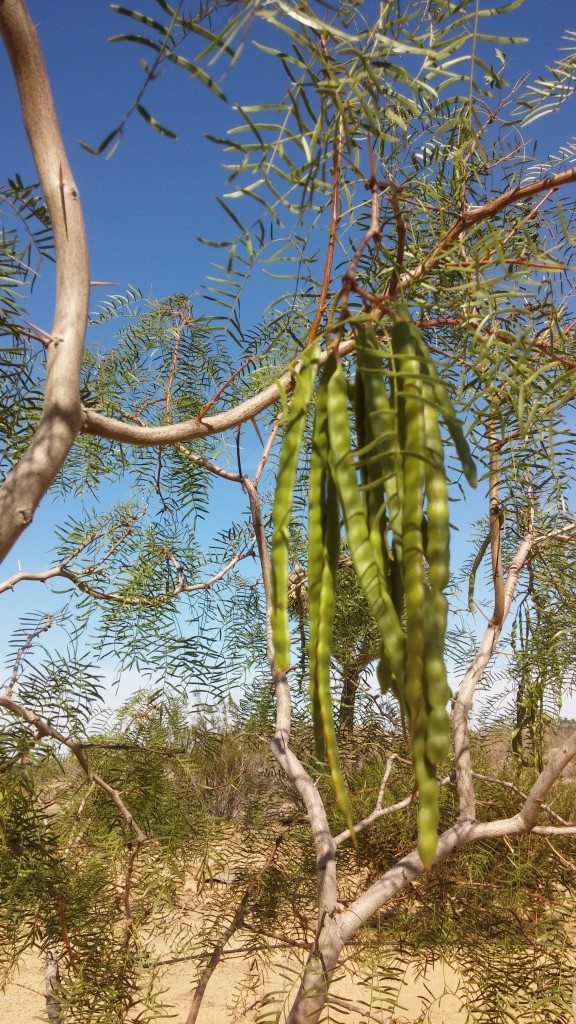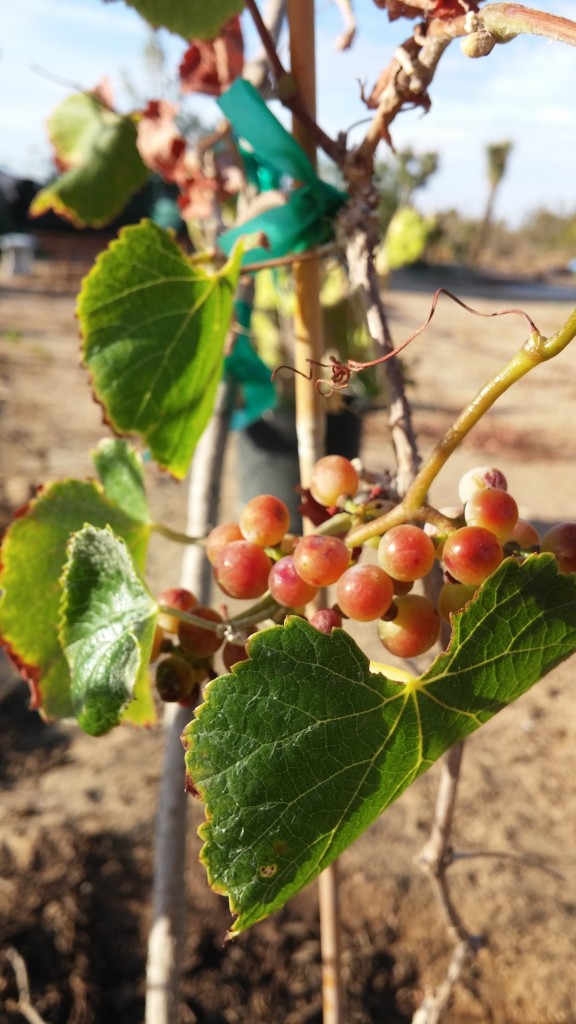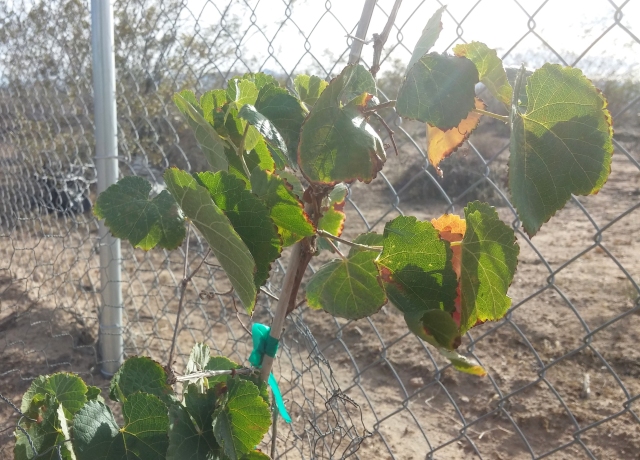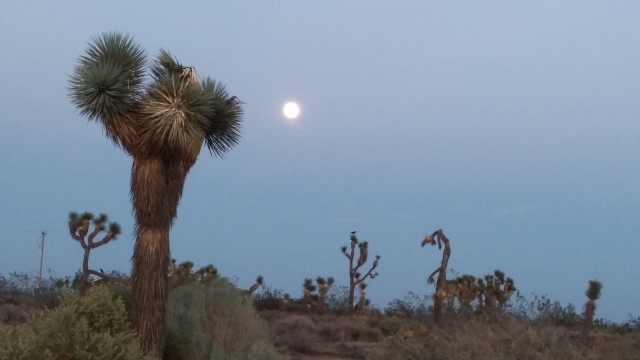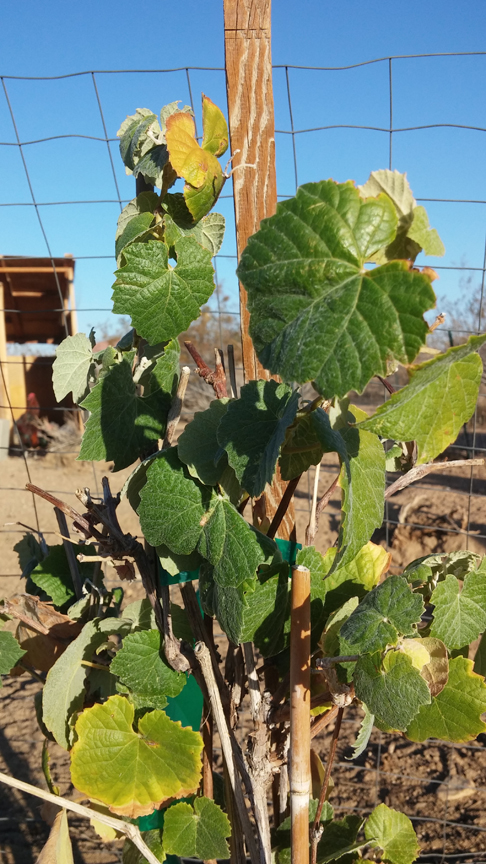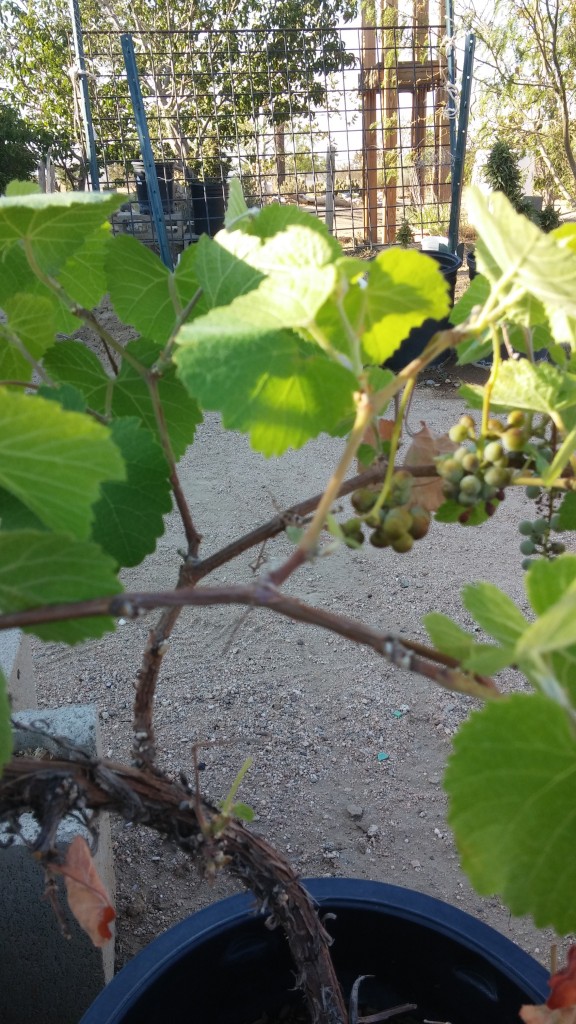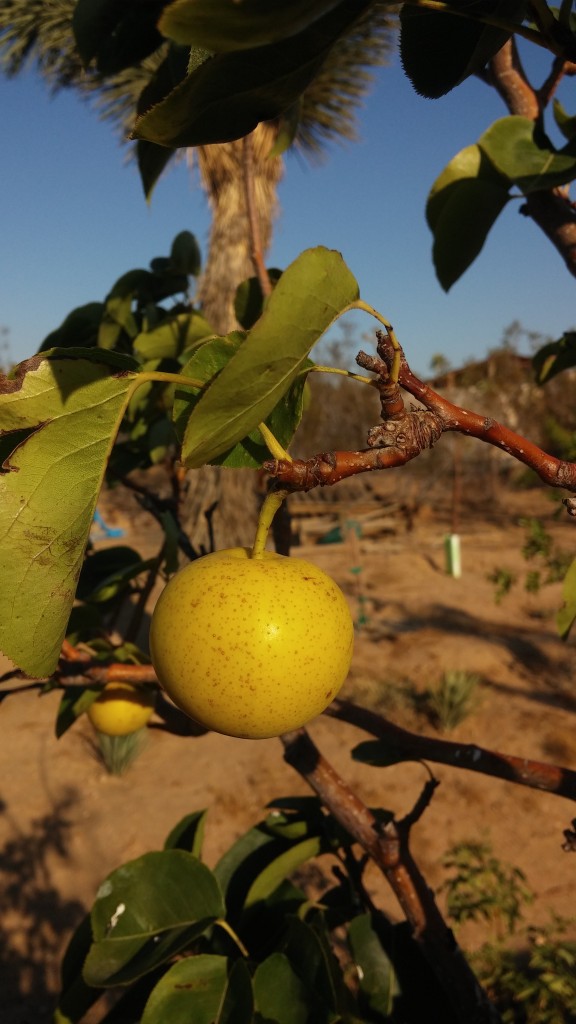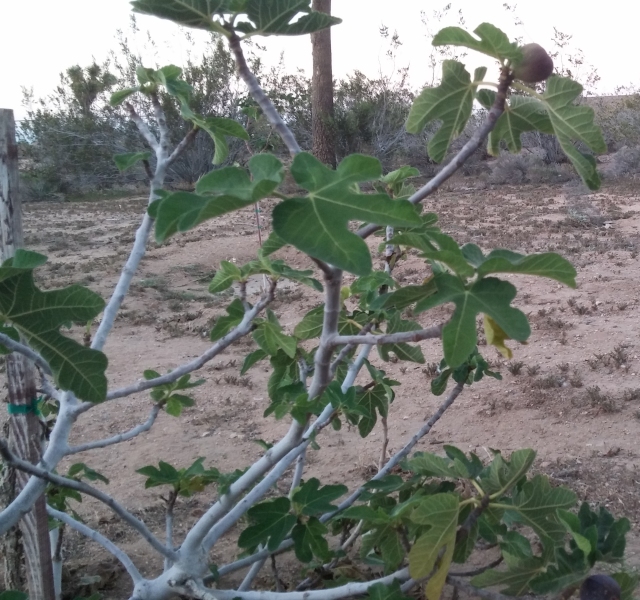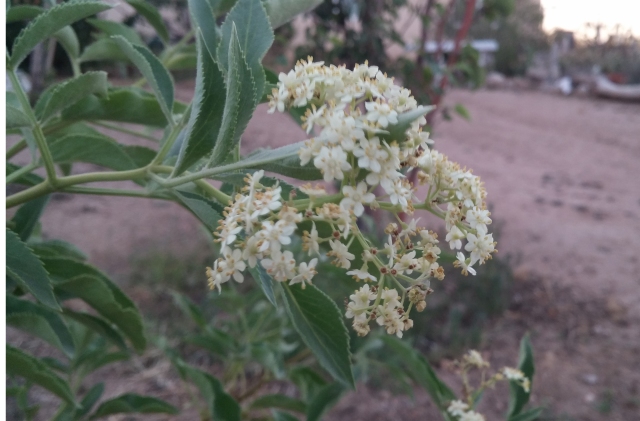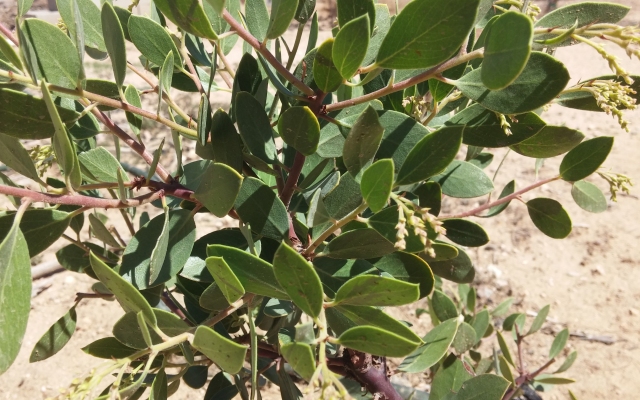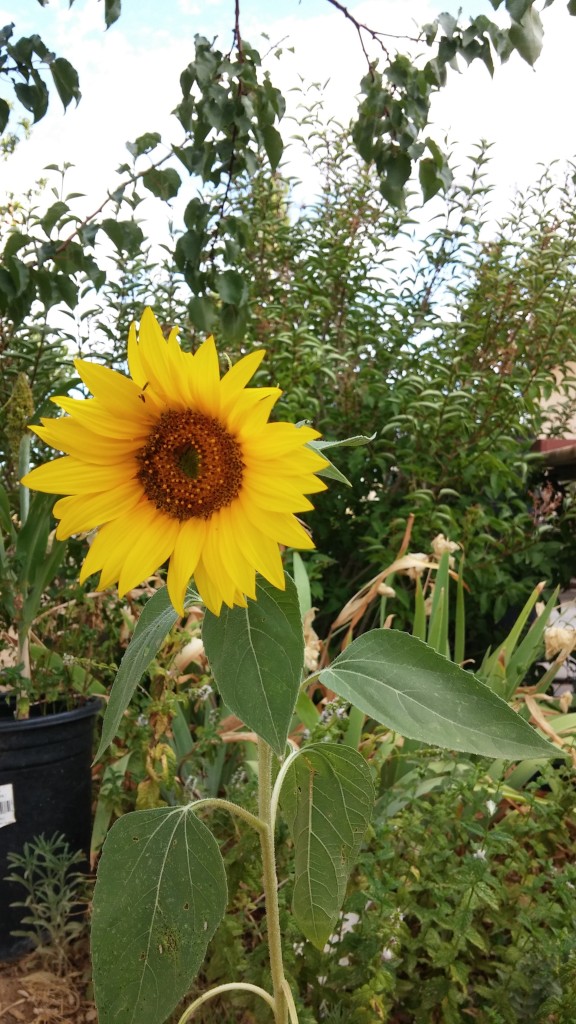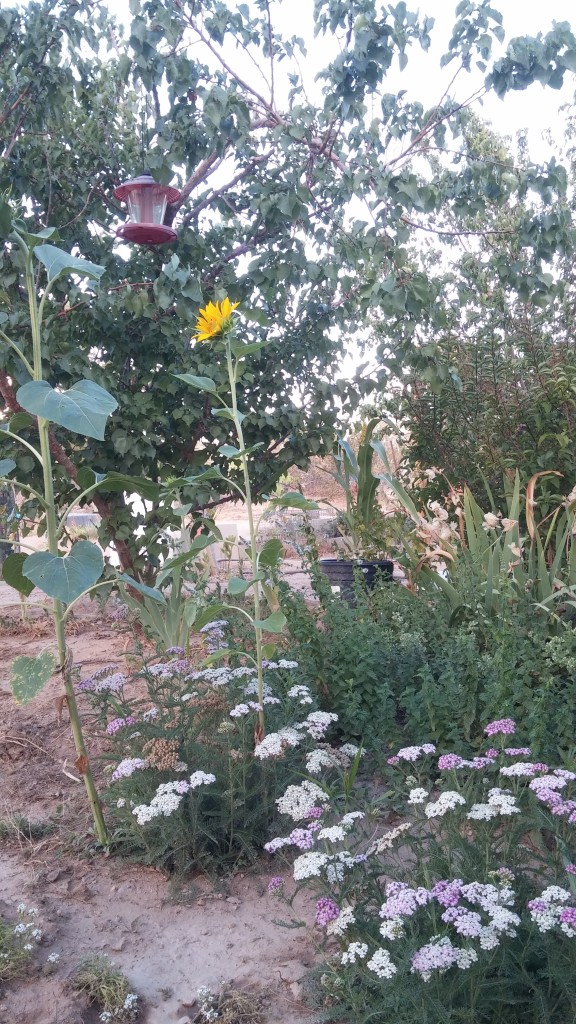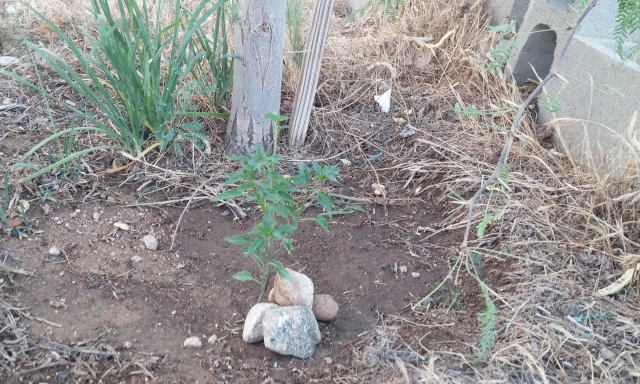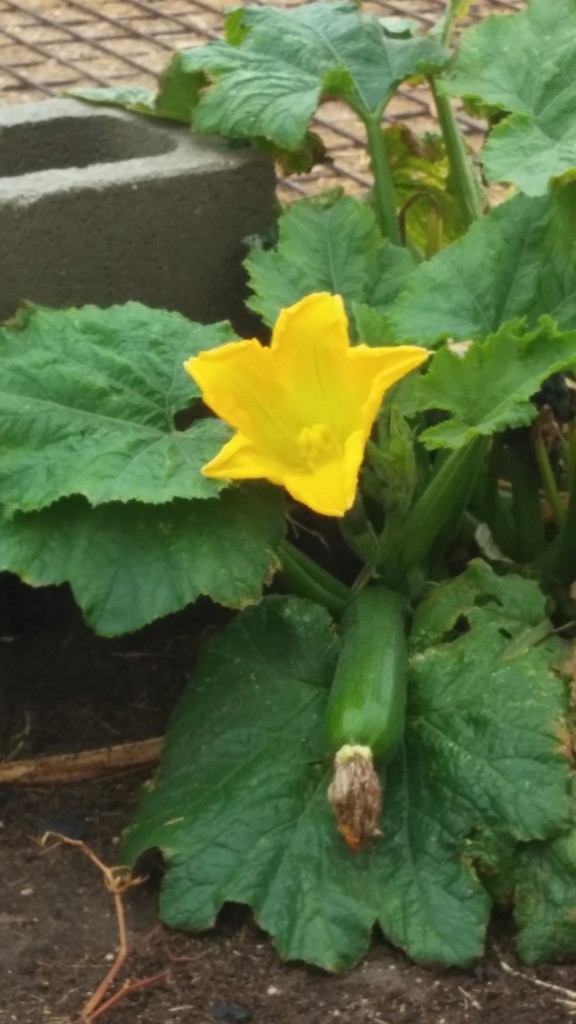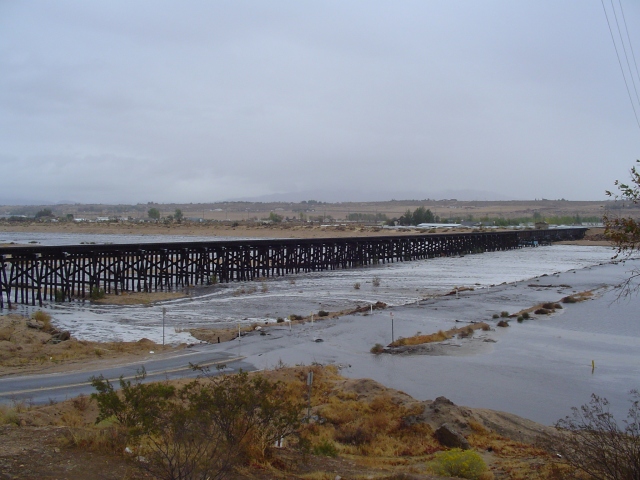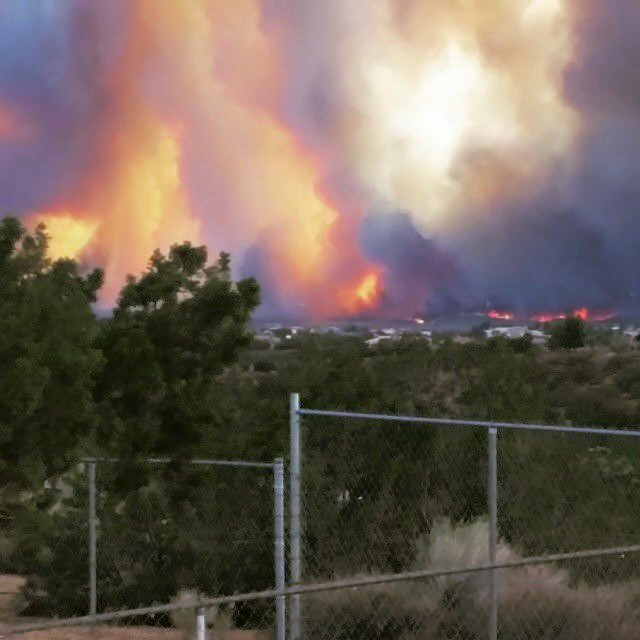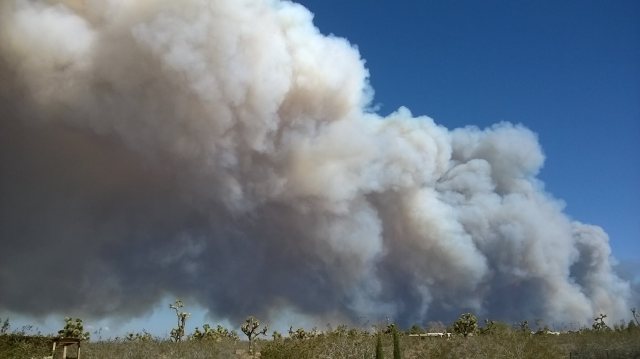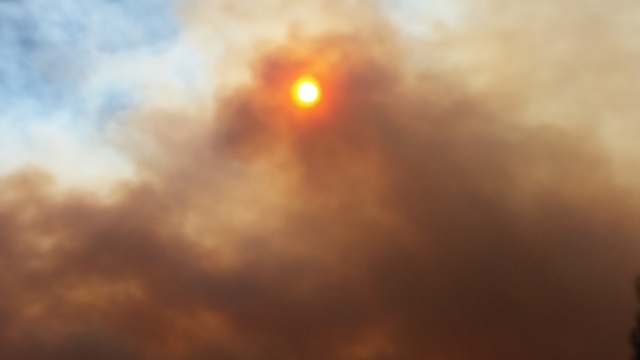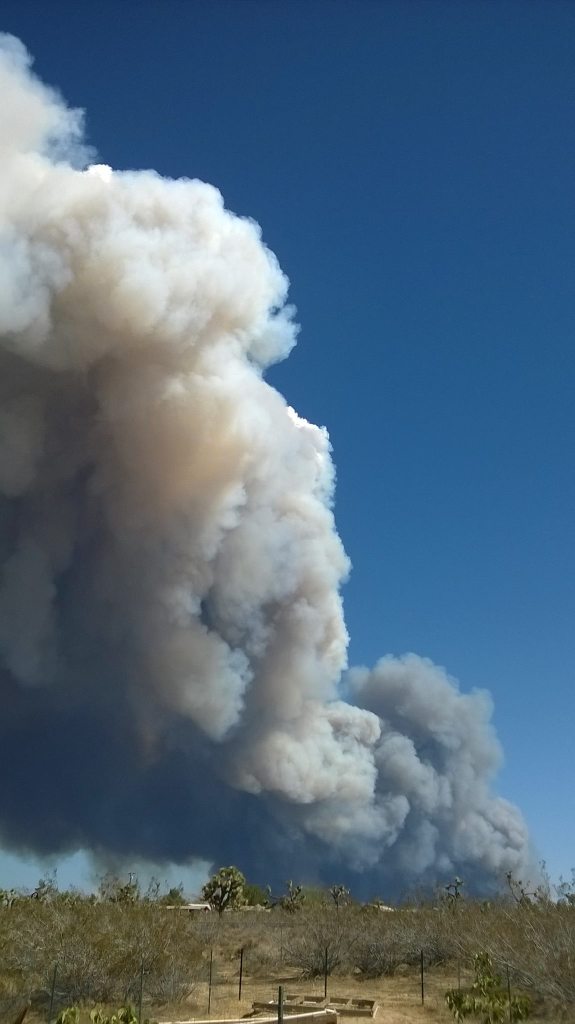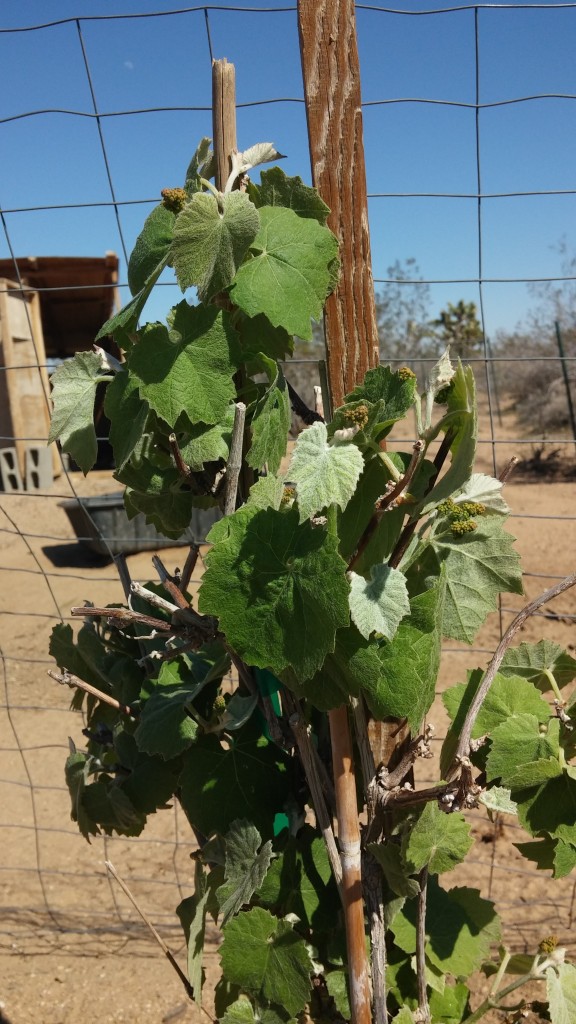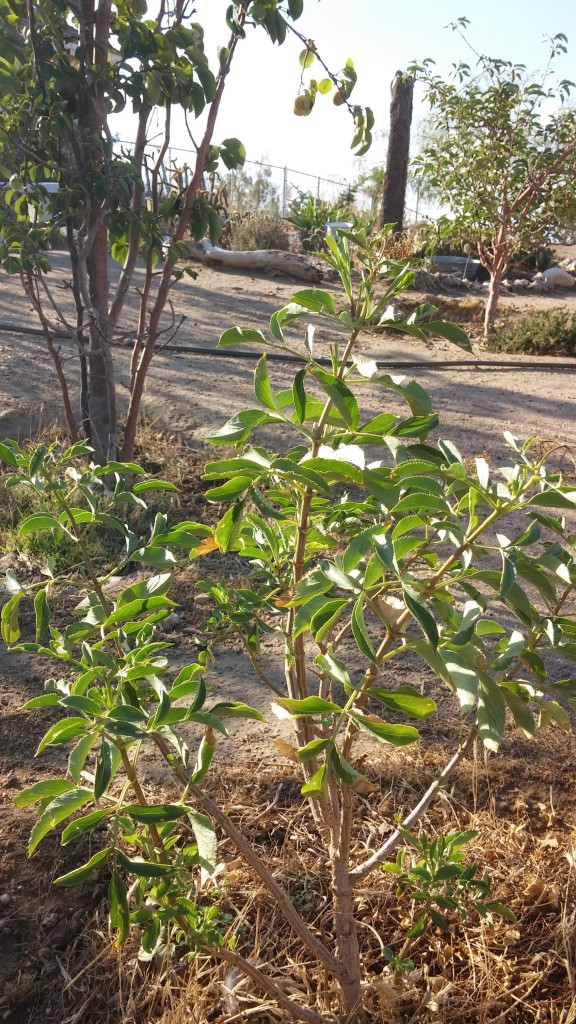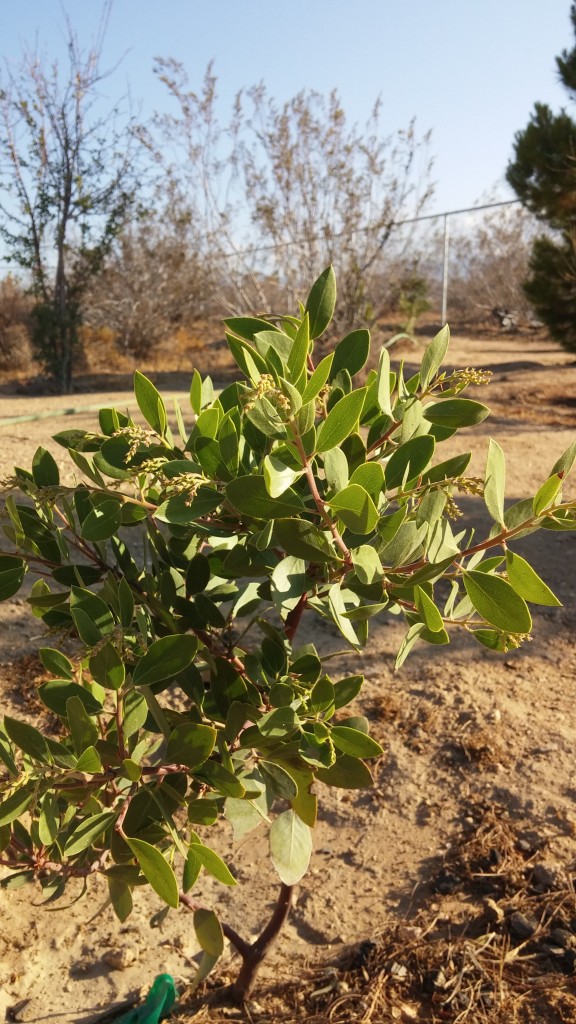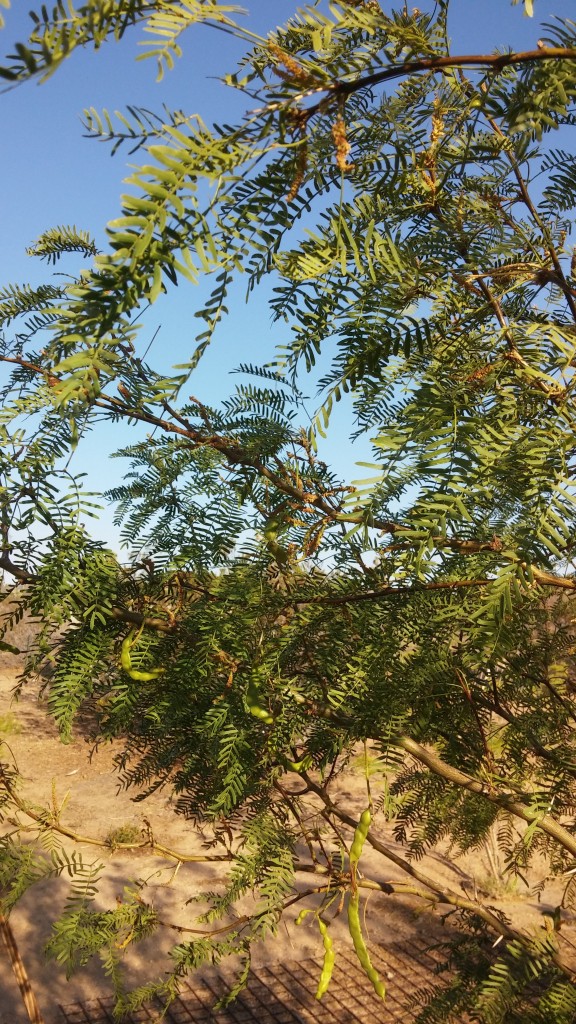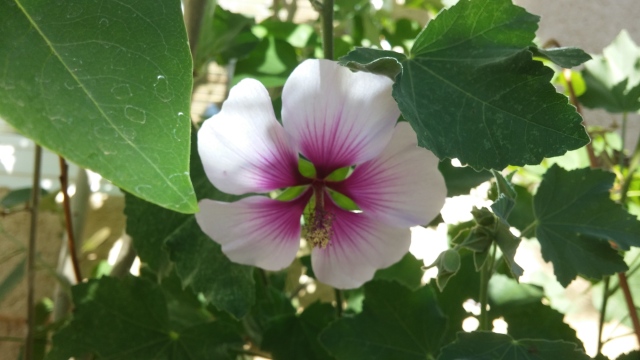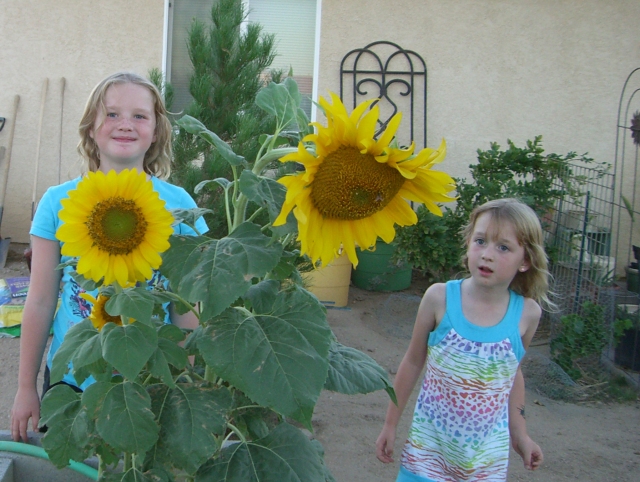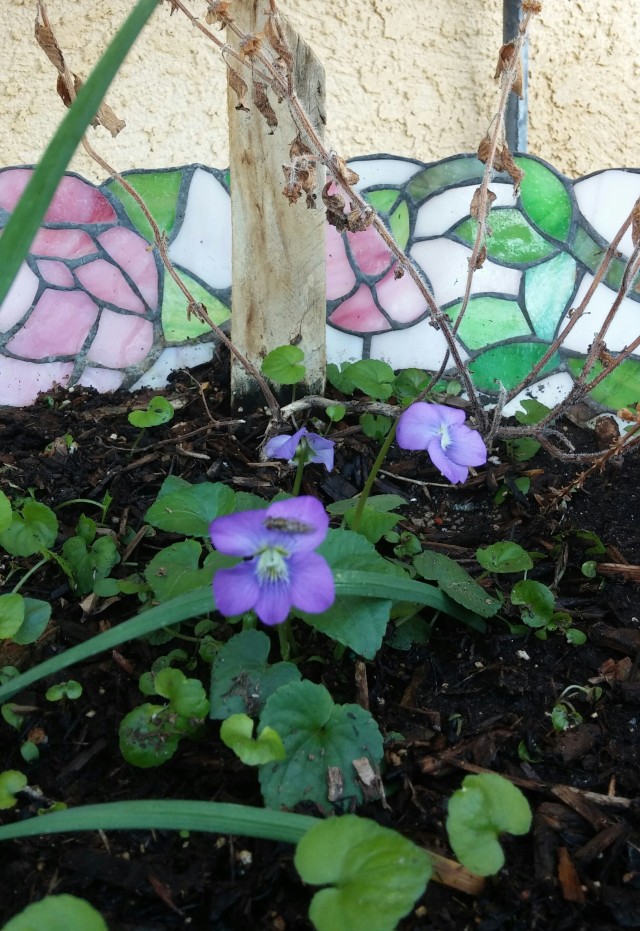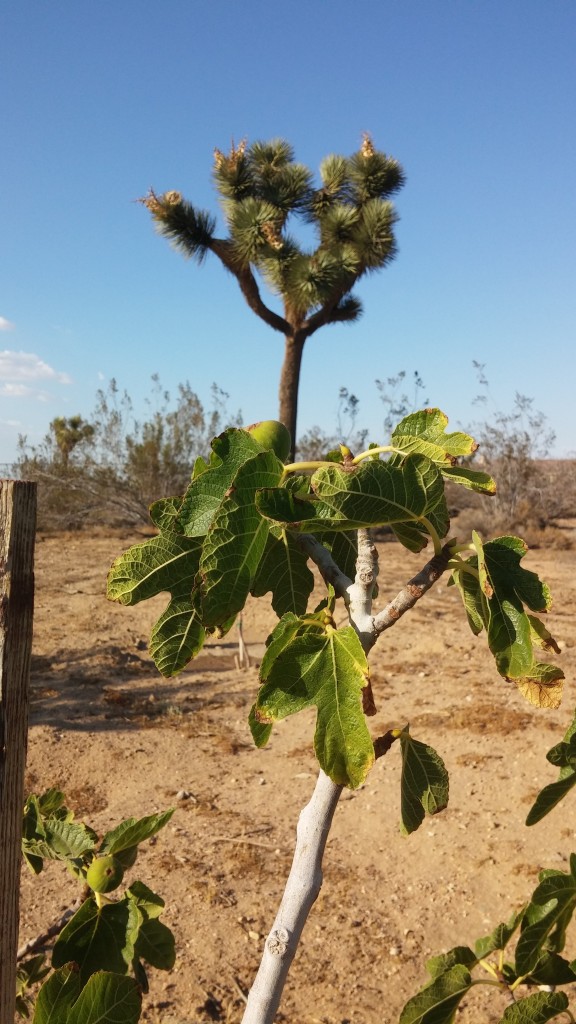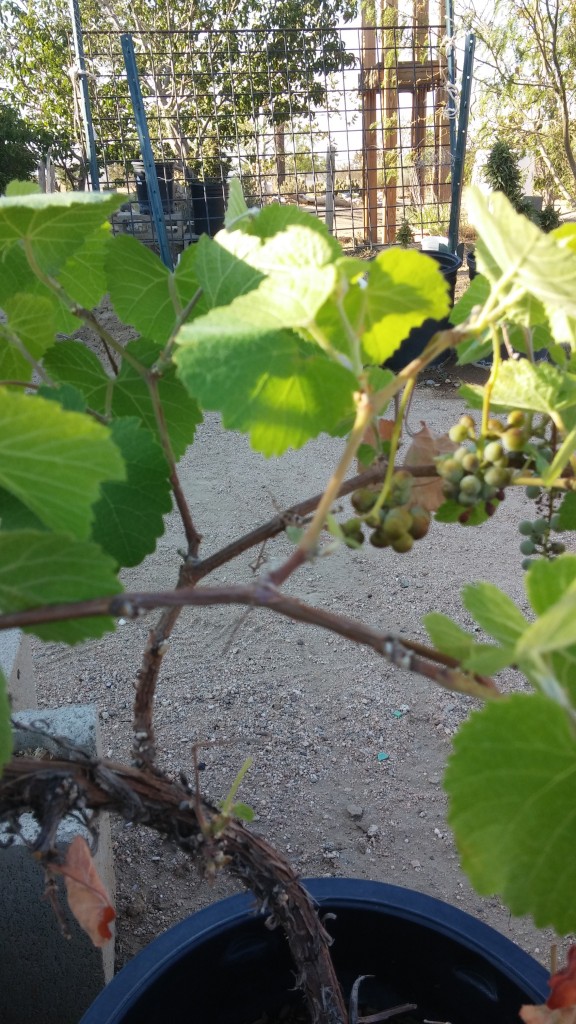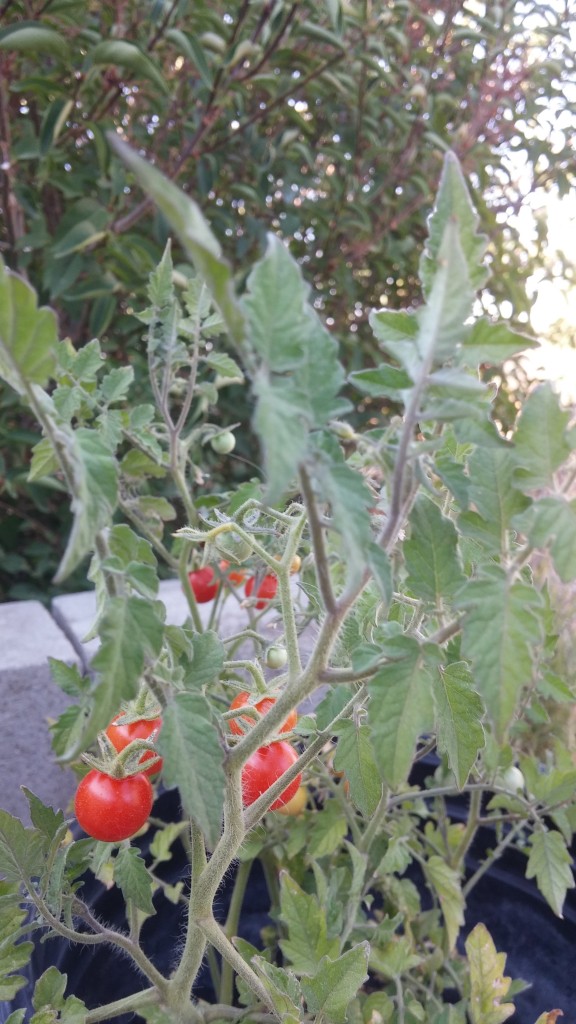We’ve got a drought-time water leak saga happening here at Rainshadow Farm. Life was going on as usual around here a week ago, with a lot of my own angsting about whether or not to sell RSF and when and how and yadayada. The usual.
A letter came in the mail informing me that we had a water leak somewhere in our house or on the property. I would need to find it and fix it, said our local water company, or there would be penalties. I called them right away and they told me that it was a major leak, about 10 gallons an hour. Uh, that’s 240 gallons in a day. Don’t you think I’d notice that much leaking, I asked the person on the other end of the phone. Uuuuh, she said. Did you maybe leave the hose on? Holy crap.
I decided to get off the phone and walk my property looking for a big leak in the line before I became ornery with the young woman. She told me that the meter reader was coming by in a week to see if it was fixed.
Before I hung up, I confirmed with her that my water meter was, in fact, about a quarter mile from my house, in front of a neighbor’s property, on the road behind my home, past my neighbor’s property. My neighbor has a very locked-down property with several big, barking dogs. The neighbor warned two of my granddaughters and the next door neighbor’s young boy that the dogs would bite when the three of them were looking at the dogs through the fence. The fence is covered with Beware of Dog signs all across the back of my fence – on my side. He placed them on my side. And my water meter is on his easement. At the front of his house.
So. I’m going to pass on the water company’s suggestion that I turn my water off at the meter and see exactly how much is leaking in a 24-hour period. I mean, I pay them plenty for water service. Isn’t that their job anyway, to confront big scary dogs?
I walked my property with all of the intensity of a semi-retired archaeologist and ethnobotanist in the field. Nothing.
A call Monday informed me that I still have a leak.
Did you maybe leave the hose on? Do you have a toilet that’s running? Do you know what that is and how it sounds? Uh oh. Two for one in a single week. I lost my temper. I may be old but I’m not stupid. I don’t like to lose my temper, but someone should be giving these kids better training. Someone who’s making the big bucks and paying these kids minimum wage should be making it clear that there are real people at the other end of the phone line. Water is important. Water in a drought becomes crucial. And if you live in California, water is always the key to bringing in the big bucks.
Take note: Reisner, Marc. (1986). Cadillac Desert: The American West and its disappearing water. New York: Penguin.
I suppose that it’s too much to expect anyone at the PPHCSD (Phelan Pinon Hills Community Service District) to understand that there are real people at the other end of the line, people who are receiving their threats with real concern and often some trepidation. “Just fix it, ” “Do you have a husband or son who can fix it?” and “Just call a plumber to find and fix it,” may put an end to customer good will. Especially when followed by, “You have ten days or we’ll install a flow regulator on your meter that will cut your water flow by 42%.”
Ah, but there was a reprieve. They are going to send a “technician” out next Friday who will survey my property for leaks. I’ll let them do it while I survey Yelp for a plumber. Sigh. If the technician finds something, then I can call a plumber. If the technician finds nothing, then I can call a plumber.
Apparently their technician will do exactly what I’ve done, except he has been highly trained to find leaks and can identify plants that are growing where they shouldn’t be.
Guess they don’t know about my old but highly trained eyes. Like I said, I lost my temper.
But. Maybe he’ll find something I’ve missed. Maybe he’ll bring one of those fancy water ultrasound detection devices. That would almost make me happy. At the least, it might defuse my irritation at being treated like an idiot.
And maybe, if I’m very lucky, I’ll get to see how the technician deals with the high desert homesteader with all the big dogs when he realizes the water lines may run across this guy’s property.
I’m bound to be disappointed. I bet the tech will defer to the plumber that I’m surely going to have to hire.
One of my sons showed me a possibility. Near the side door of our garage there is some brome grass and filaree growing a bit out of season. It’s a sheltered spot, so the soil might be retaining moisture from the rains last week and those are very opportunistic plants. My sons dump out the cats’ water there which would encourage plant growth.
Still, if there’s a leak under the garage or under the house, spilling out there, that’s the possible site of the trouble. It’s the only place on all of this 2.5 acres that’s close to being a leak-indicator candidate.
So here’s where we’re at. I’ve walked the whole expanse of my 2.5 acres and the entire route where the pipe may be laid down. All desert, no leak. Something is draining away 10 gallons an hour.
A plumber needs to be called and paid. If not, the water company will install that flow regulator and will charge me $100 for it. Then we will have 43% less water pressure in this house that already suffers from fairly low water pressure. And we’ve already decreased our water use by 33%.
When the governor mandated a 25-32% cut in state-wide water use, we complied here at RSF. Willingly. We lost some trees. It’s sad to lose trees and plants but this isn’t a commercial operation. In a sense, the loss plays into my work on drylands growing. My motto has always been, “If I can grow it here, anyone can grow it.”
Here’s the final kicker.
My water district is one of only four (4!) in the state that didn’t cut back the recommended 32% mandate. We did here at RSF. But the district as a whole is a fail. I guess that puts their jobs on the line.
The district’s solution is fines and flow meters. And the state solution is to mandate a 42% cut in water use for us, at least here in our failed district. So says the district. 42% is going to be tough.
I think everyone in California (not just California, but the whole desert West) should read The Water Knife by Paolo Bacigalupi. Really, everyone. Everyone should read it. And he’ll make you want to read Cadillac Desert. Paolo Bacigalupi is a prophet.

